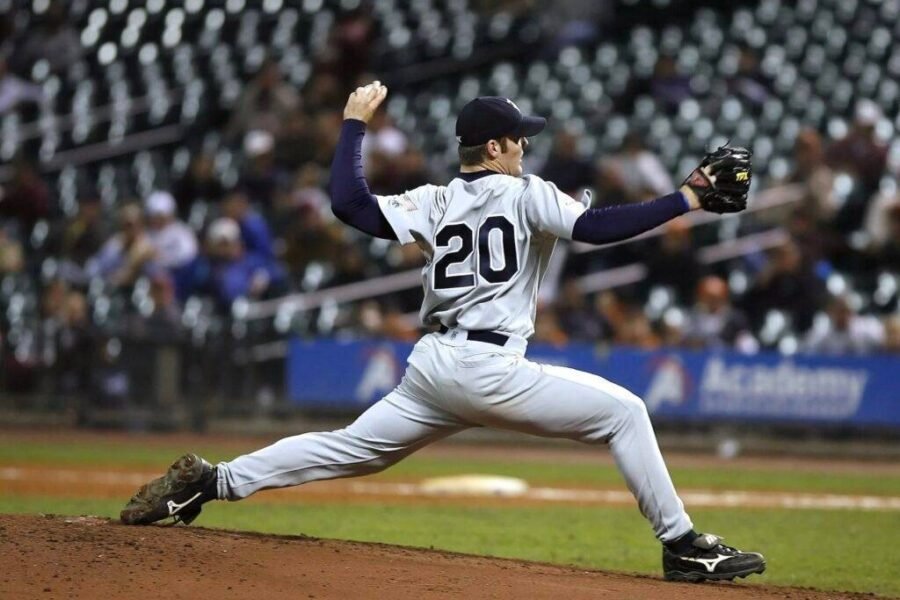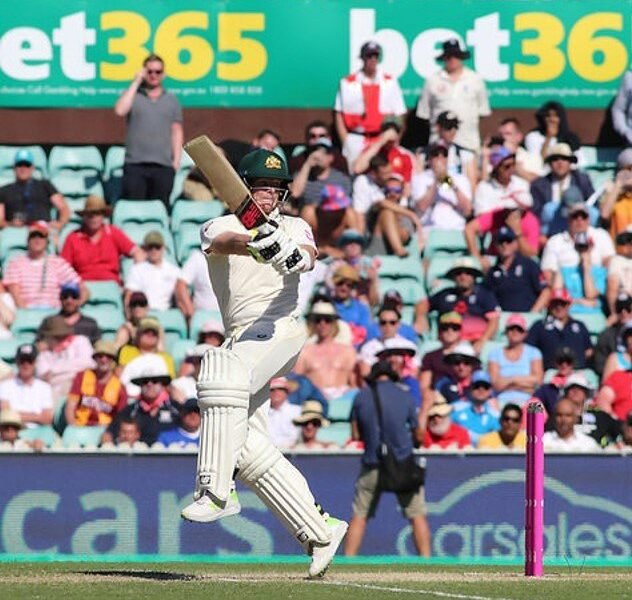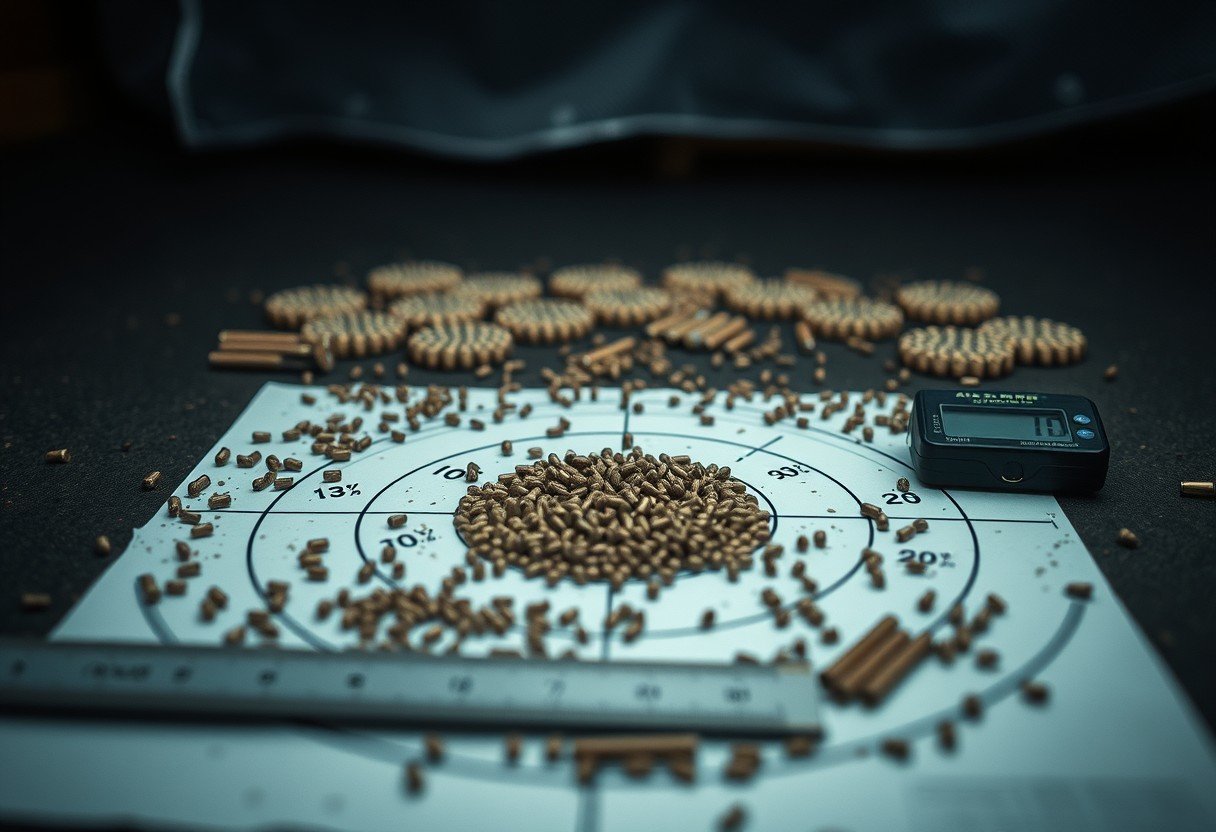Golf club selection can greatly influence your game, especially when aiming for the highest launch angle. Whether you’re a beginner or a seasoned player, knowing which clubs are designed for maximum loft and how your own swing affects ball flight is key to better performance. This guide explores the science behind launch angle, club types, and expert tips to help you make smarter choices and elevate your shots.
Understanding Launch Angle in Golf
The launch angle is the angle at which the ball leaves the clubface after impact. This number is measured in degrees and is a core factor determining how high and far your shot will go. A higher launch angle sends the ball on a steeper path, while a lower angle results in a flatter trajectory. Golfers who understand this can control their shots better, adjusting to different situations on the course.
Several elements influence launch angle, including the design of the club, your swing speed, and your attack angle. For instance, hitting up on the ball with a driver can increase launch angle, whereas striking down with an iron usually lowers it. Even small differences make a big impact on how the ball travels.
Launch angle is especially crucial for distance and accuracy. The right angle helps maximize carry distance, clear hazards, and hold greens with approach shots. By paying attention to launch angle, you can gain more control over your game and boost your scores.
Types of Golf Clubs and Their Launch Characteristics
Golf clubs are designed with different lofts and shapes to serve unique purposes. Let’s look at how each type affects launch angle:
- Woods: Known for their long shafts and large heads, woods are built for distance and generally have lower lofts. Drivers, the most common wood, are used for tee shots and can create high launch angles with the right setup.
- Irons: With shorter shafts and more angled faces, irons are used for approach shots. The higher the iron number, the higher the loft, allowing for steeper launch angles.
- Wedges: These have the highest lofts in the bag—up to 64 degrees for a lob wedge. Wedges are designed for short, high shots, making them ideal for hitting over obstacles or stopping the ball quickly on the green.
Among all club types, lob wedges produce the highest launch angles, perfect for shots that need to fly high and land softly. However, for tee shots and maximum distance, drivers with adjustable lofts can help players achieve impressive launch heights as well.
Choosing the right club depends on the shot you need to play, the conditions, and your skill level. Understanding each club’s typical launch profile helps you make better choices on the course.
Club Design: How Materials and Features Affect Launch Angle
Golf club manufacturers use advanced technology to maximize launch angle and distance. Several design elements play a role:
Loft Angle: The angle of the clubface is the most direct factor. Higher lofts create higher launch angles but may sacrifice distance. For example, a pitching wedge typically has a loft around 46 degrees, while a lob wedge can reach up to 64 degrees. These high-lofted clubs are best for short, towering shots.
Clubhead Design: A lower center of gravity in the clubhead makes it easier to launch the ball high. Many modern drivers and woods are designed with weight low and back in the head, promoting a steeper launch.
| Club Type | Typical Loft (Degrees) | Launch Use |
|---|---|---|
| Driver | 8-12 | High launch, long distance |
| 3-Wood | 13-15 | High launch from fairway |
| 7-Iron | 32-36 | Mid-high launch, approach shots |
| Lob Wedge | 58-64 | Highest launch, short game |
Shaft Length and Flexibility: Longer, more flexible shafts can help generate clubhead speed and higher launch, while stiffer shafts offer more control but may lower the launch angle. The right combination depends on your swing speed and style.
The Influence of Swing Style and Technique
Even with the most advanced clubs, your personal swing style is a major factor in launch angle. The way you approach the ball, your swing speed, and your angle of attack all impact how high your shot will go.
For example, players with a sweeping, upward swing tend to create higher launch angles, especially with woods and drivers. Those with a downward strike, common with irons and wedges, often see lower launch angles but more spin.
- Aggressive, high-speed swings can benefit from lower-lofted clubs for optimal launch.
- Smoother, slower swings may require higher-lofted clubs to achieve the same launch angle.
Practicing with a launch monitor provides valuable feedback, helping you see how small changes in your swing can alter ball flight. Adjusting your stance, ball position, and grip can also help you dial in the perfect launch angle for each club.
Custom Fitting: Personalizing Your Clubs for Better Launch
Custom club fitting is one of the most effective ways to optimize launch angle. By analyzing your unique swing characteristics, fitters adjust club length, lie angle, shaft flex, and loft to match your needs. This personalized approach ensures every club in your bag maximizes both distance and accuracy.
During a fitting session, professionals use advanced tools to gather data like swing speed, launch angle, and spin rate. This information helps determine which club specifications will help you achieve your best performance. Studies show that golfers who use custom-fitted clubs can see an average improvement of 10 to 15 yards in carry distance and increased shot consistency.
- Custom fitting is especially beneficial for beginners, seniors, and players with unique swing traits.
- Even small adjustments to shaft flex or grip size can produce noticeable results in launch angle and ball flight.
If you’re serious about improving your game, investing in a professional club fitting is a smart move that can pay off with immediate results.
Top Clubs for Maximizing Launch Angle
When it comes to achieving the highest launch angle, certain clubs stand out. Wedges, particularly lob wedges, are designed with steep lofts to create towering ball flights. These are essential for short shots over hazards or when you need the ball to stop quickly on the green.
Drivers with adjustable loft settings also allow players to fine-tune their launch angle. Many modern drivers include moveable weights and hosel adjustments, letting you increase loft for a higher launch or decrease it for a lower, more penetrating flight.
Hybrids and fairway woods provide a balance between distance and launch. They’re easier to hit high than long irons, making them a popular choice for players looking to improve carry and accuracy from the fairway or rough.
Tips for Selecting the Right Club for High Launch
Choosing the best club for a high launch requires considering several factors:
- Your swing speed: Slower speeds benefit from higher lofts, while faster speeds can use lower lofts for the same effect.
- Course conditions: Windy days may call for lower launch, while soft fairways favor higher shots for better carry.
- Your typical ball flight: If you tend to hit low shots, try clubs with more loft or adjust your setup for a higher trajectory.
Testing different clubs and settings is key. Use a launch monitor to compare launch angles and carry distances. This data-driven approach helps you build a set of clubs that fits your game and the courses you play most often. Finally, don’t overlook the value of lessons with a teaching pro, who can help you adjust your technique for better results.
Frequently Asked Questions
Which golf club is designed to achieve the highest launch angle?
The lob wedge is typically designed to achieve the highest launch angle among all clubs. Its loft, usually between 58 and 64 degrees, allows for steep, high-arcing shots that land softly on the green.
How does club loft affect launch angle?
Club loft directly impacts launch angle. Higher lofts increase the angle at which the ball leaves the clubface, resulting in a higher launch and a steeper descent. Lower lofts send the ball on a flatter, longer trajectory.
Can adjusting my swing help me hit higher shots?
Yes, adjusting your swing can help you achieve a higher launch angle. Moving the ball forward in your stance, increasing your swing speed, or using a more upward angle of attack can all contribute to higher ball flights.
Is custom fitting worth it for improving launch angle?
Absolutely. Custom fitting tailors each club to your unique swing, helping you achieve optimal launch angles and better overall performance. It’s especially valuable for golfers struggling with inconsistent ball flight or distance.
Are there specific conditions where a higher launch angle is more beneficial?
High launch angles are especially useful for clearing obstacles, stopping the ball quickly on soft greens, or maximizing carry distance on wet or soft fairways. However, in windy conditions, a lower launch may be preferred to keep the ball flight more controlled.








Leave a Comment